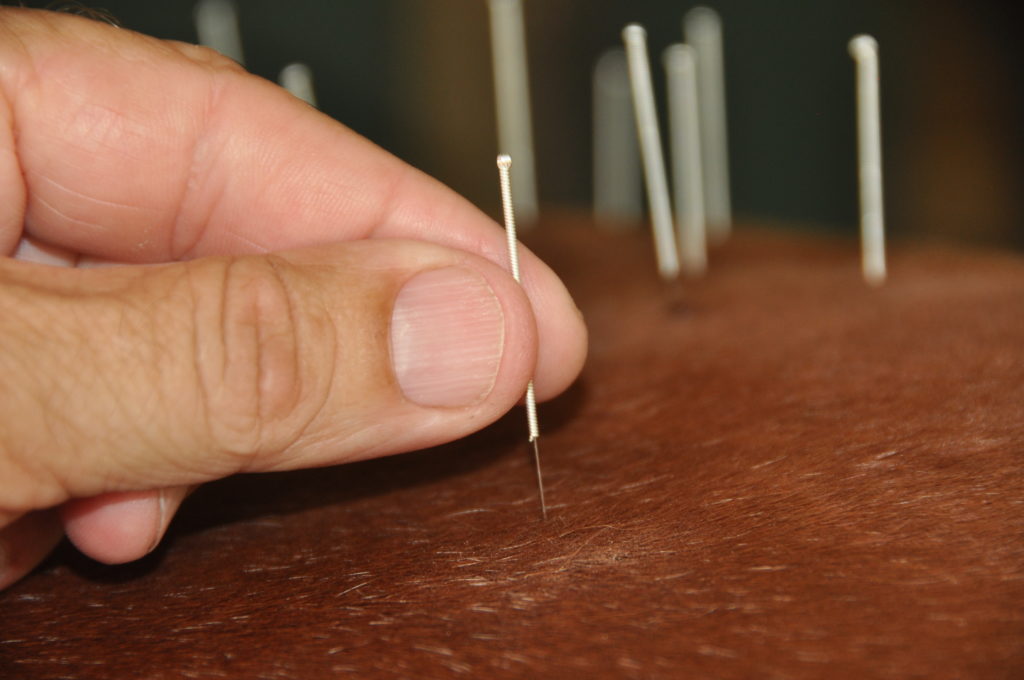How acupuncture works
Acupuncture is the stimulation of specific points on the body with thin needles to achieve a therapeutic effect. Acupuncture points correspond to known structures in the body that include:

- Where a nerve enters a muscle
- Superficial nerves just under the skin
- Where muscle turns into tendon
- Near veins and arteries
Stimulation of these acupuncture points that are rich is nerves sends a signal through the central nervous system to the brain. Various neurotransmitters and hormones (i.e. endorphins, serotonin) are released in the brain that have analgesic effects throughout the body. There are also important local effects of stimulating acupuncture points that are very effective in improving circulation, activating the immune system, and relieving pain and spasms.
Acupuncture as a diagnostic tool:
Acupuncture is an excellent diagnostic aid as well as a proven therapy. Diagnostic acupuncture is based on sensitivity to palpation of particular points that correspond with specific lameness and medical conditions. A pattern of point sensitivities help determine sources of lameness and health issues.
Examples of diagnostic acupuncture points:
- Sensitivity to pressure at acupuncture points in the muscles of the neck often indicate front hoof pain
- Sensitivity at acupuncture points in lower back and girth area are reason to suspect stomach ulcers
- Sensitivity at points near both TMJ (jaw joints) often indicate lower back and/or sacroiliac issues
An accurate and thorough diagnostic acupuncture exam combined with a chiropractic exam provides a very useful holistic approach to determine a horses overall health and soundness. It is also an excellent adjunct to the lameness examination in addition to flexion tests, nerve blocks, thermography, and ultrasound.
Acupuncture as a therapy:
Acupuncture is used successfully to treat equine lameness and many medical conditions.
